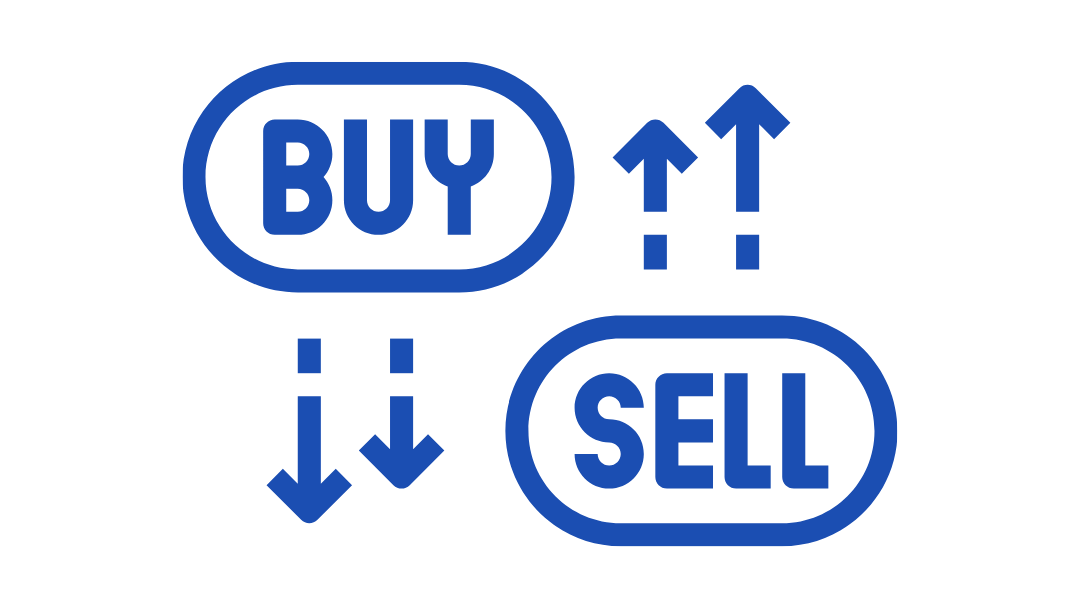Image source: Canva.com
Solar Renewable Energy Credits (SRECs) are tradable certificates that reward homeowners and businesses for producing solar energy. For every 1,000 kilowatt-hours (kWh) of solar power your system generates, you earn one SREC.
SRECs can be sold to utilities and energy providers that need to meet state-mandated renewable energy goals, creating extra income for solar owners on top of electricity bill savings.
How SRECs Work
Many states require utilities to get a certain percentage of their electricity from solar energy, known as a solar carve-out in Renewable Portfolio Standards (RPS). To meet these requirements, utilities buy SRECs from solar system owners.
Unlike net metering, which credits you for energy sent to the grid, SRECs are separate from your electricity use and can be sold for cash.

Net Metering in 2025: How Solar Energy Savings Are Changing for Homeowners
SRECs vs. RECs: What’s the Difference?
While SRECs are a type of Renewable Energy Certificate (REC), they are specifically for solar energy, whereas general RECs cover all renewable sources like wind and hydropower.
| Feature | SRECs (Solar-Specific) | RECs (All Renewables) |
|---|---|---|
| Energy Source | Solar power only | Wind, hydro, biomass, or solar |
| Purpose | Helps utilities meet solar-specific energy goals | Helps utilities meet general renewable energy goals |
| Market Value | Typically higher in states with strong solar mandates | Generally lower due to a larger supply |
Where Are SRECs Available in 2025?
Not every state has an SREC program, but those that do offer a way for solar owners to earn extra income.
Active SREC Markets in 2025
If you sell your home in a state with an active SREC market, you may retain the rights to sell your system’s SRECs or transfer them to the new homeowner, often as a negotiation tactic to increase property value.
Recent Changes in 2025
In 2025, several states have updated their Solar Renewable Energy Credit (SREC) programs to further promote solar energy adoption:
New Jersey: Transition to SuSI Program
New Jersey has phased out its traditional SREC program and introduced the Successor Solar Incentive (SuSI) Program. Under SuSI, homeowners receive fixed payments for each megawatt-hour (MWh) of solar electricity generated over 15 years, providing a stable and predictable incentive for solar adopters.
Massachusetts: Shift to Alternative Incentives
Massachusetts has also moved away from its traditional SREC program. Instead, the state offers various incentives, including the Residential Energy Credit, which provides a tax credit of 15% of the solar installation cost, up to $1,000. Additionally, net metering policies allow solar homeowners to receive credits on their utility bills for excess energy produced, further enhancing the financial benefits of solar installations.
Maryland: Introduction of Certified SREC Multiplier
Maryland has implemented a Certified SREC program that offers a 1.5x multiplier for eligible solar projects. To qualify, systems must be installed between July 1, 2024, and January 1, 2028, and meet specific criteria. This enhancement significantly boosts the financial returns for solar system owners, aligning with the state’s legislative efforts to promote renewable energy adoption.
These updates reflect a broader trend of states refining their solar incentive programs to ensure long-term sustainability and to encourage more residents to invest in renewable energy solutions.
How to Sell SRECs

If your state has an SREC market, you can sell your credits through a broker or aggregator like SRECTrade or SolSystems. These platforms handle the sales process and ensure you get paid.
What Affects SREC Prices?
State policies
Some states have stronger solar mandates, leading to higher demand and better prices.
Supply & demand
If too many SRECs are available, prices drop. If there’s a shortage, they increase.
Should You Pre-Sell or Sell Over Time?
| Option | Pros | Cons |
|---|---|---|
| Pre-Selling SRECs (Fixed Pricing) | Predictable income, helps pay solar loans, avoids price drops | Potentially lower long-term earnings |
| Selling SRECs at Market Rates | Can make more money if prices rise | No guaranteed income, market fluctuations |
Many homeowners pre-sell their SRECs to lock in stable earnings and reduce financial risk.
The Future of SRECs
As solar adoption grows, some states are shifting away from traditional SREC programs toward different solar incentives. However, SRECs remain a valuable opportunity for solar owners in states that still support them.
If you’re considering solar, check your state’s latest SREC policies to see if you can earn extra income while producing clean energy.





